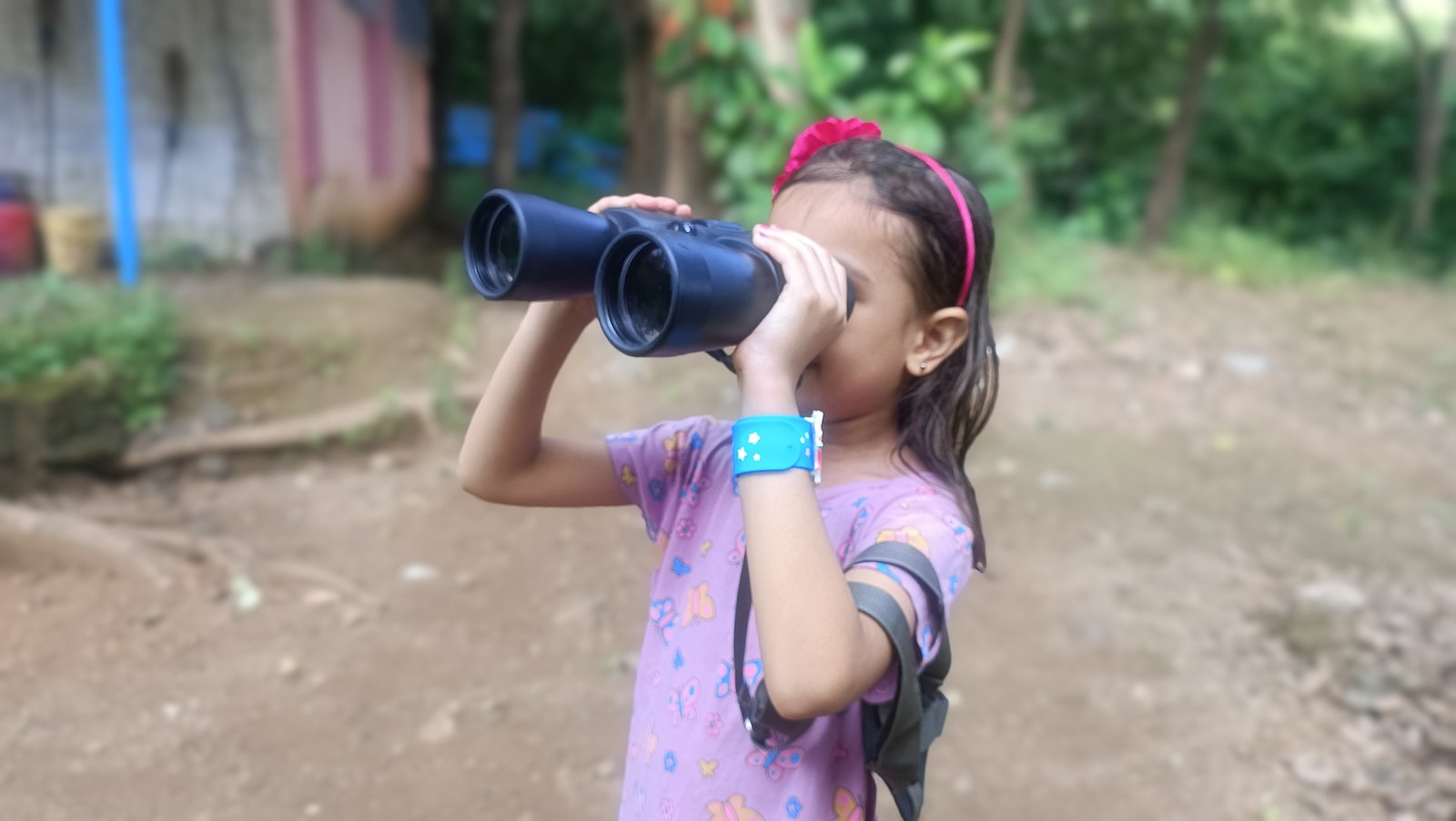Wildlife Tours: A Guide for Beginners
Dreaming of seeing majestic tigers in the wild, watching elephants roam free, or listening to birdsong deep in the rainforest? Wildlife tours offer an unforgettable way to connect with nature and experience the thrill of encountering animals in their natural habitat. For beginners, the idea of booking a wildlife trip can feel overwhelming—but with the right guidance, your first wildlife safari can be both exciting and stress-free.
This beginner’s guide to wildlife tours covers everything you need to know—from choosing the right destination and tour operator to what to pack and how to behave responsibly in the wild. Whether you're planning an African safari, a bird-watching trip in South America, or a tiger-tracking adventure in India, this blog will equip you with essential tips to start your wildlife travel journey the right way.
Dreaming of seeing majestic tigers in the wild, watching elephants roam free, or listening to birdsong deep in the rainforest? Wildlife tours offer an unforgettable way to connect with nature and experience the thrill of encountering animals in their natural habitat. For beginners, the idea of booking a wildlife trip can feel overwhelming—but with the right guidance, your first wildlife safari can be both exciting and stress-free.
This beginner’s guide to wildlife tours covers everything you need to know—from choosing the right destination and tour operator to what to pack and how to behave responsibly in the wild. Whether you're planning an African safari, a bird-watching trip in South America, or a tiger-tracking adventure in India, this blog will equip you with essential tips to start your wildlife travel journey the right way.
1. Why Go on a Wildlife Tour?
Wildlife tours are not just about ticking animals off a list—they’re about immersing yourself in nature, understanding ecosystems, and contributing to conservation efforts. Some key benefits of wildlife tourism include:
- First-hand connection with nature
- Opportunities for wildlife photography
- Educational experiences led by expert guides
- Support for local communities and conservation projects
For first-timers, these tours open a new world of understanding and appreciation for biodiversity.
2. Best Wildlife Destinations for First-Time Travelers
Choosing the right destination is key to a rewarding wildlife experience. Here are some top wildlife destinations for beginners:
- Kenya or Tanzania (for classic African safaris and the Big Five)
- India (for tiger reserves like Ranthambore and Bandhavgarh)
- Costa Rica (a paradise for birdwatchers and rainforest explorers)
- Sri Lanka (for leopards, elephants, and marine life)
- South Africa (Kruger National Park is beginner-friendly and accessible)
Research the wildlife seasonality—some species are easier to spot during specific times of the year.
3. How to Choose a Wildlife Tour Operator
When booking your tour, opt for companies that are:
- Experienced with beginner travelers
- Certified in eco-tourism or sustainable travel
- Employ local naturalists or wildlife experts
- Transparent about their safety protocols and conservation efforts
Look for reviews that mention guide quality, animal sightings, and overall experience. Avoid operators that offer guaranteed sightings of endangered animals—nature doesn’t work on demand.
4. What to Pack for a Wildlife Tour
Packing right is essential for comfort and functionality in the wild. Here's a basic checklist:
- Neutral-colored clothing (greens, browns, beiges)
- Sturdy walking shoes or boots
- Binoculars and a good camera
- Reusable water bottle
- Sunscreen, hat, and insect repellent
- Field guide for local flora and fauna
- Personal medication and a small first aid kit
Always check with your tour provider for any location-specific essentials.
5. Wildlife Watching Etiquette: Do’s and Don’ts
To ensure your safety and protect wildlife, follow these responsible tourism guidelines:
✅ Do:
- Maintain a safe and respectful distance from animals
- Stay quiet to avoid disturbing wildlife
- Follow the guide’s instructions at all times
- Use binoculars or zoom lenses instead of getting close
- Support local communities by buying local and ethical souvenirs
❌ Don’t:
- Feed or touch animals
- Litter or disturb natural habitats
- Use flash photography around sensitive species
- Make loud noises or sudden movements
Practicing ethical wildlife tourism ensures that your presence doesn’t negatively impact the environment.
6. When is the Best Time to Go on a Wildlife Tour?
The best time depends on your destination and target species. Here’s a quick guide:
- Africa (dry season): June to October – animals gather near water sources
- India: March to June – best for tiger sightings before monsoons
- Costa Rica: December to April – dry season offers better visibility
- Sri Lanka: May to October (East) and November to April (South/West)
Check for seasonal migrations or breeding seasons for the best experience.
7. Tips for a Successful First Wildlife Trip
- Be patient: Wildlife sightings can’t be rushed.
- Listen to your guide—they know where to look.
- Embrace early mornings and long waits—they often lead to the best encounters.
- Keep a travel journal or photo log—it’ll become a cherished memory.
- Stay open to learning, and let nature surprise you.
Conclusion
Your first wildlife tour can be a life-changing adventure if approached with curiosity, respect, and preparation. With the right planning and mindset, you’ll return not only with stunning photos and memories but also with a deeper appreciation for the planet’s incredible biodiversity.
So, whether you're headed to the African savanna or a tropical rainforest, use this wildlife safari guide for beginners to step into the wild with confidence—and make your journey unforgettable.
Want More Tips on Wildlife Travel?
Subscribe to our newsletter for expert guides, destination ideas, packing lists, and ethical travel tips delivered straight to your inbox.

